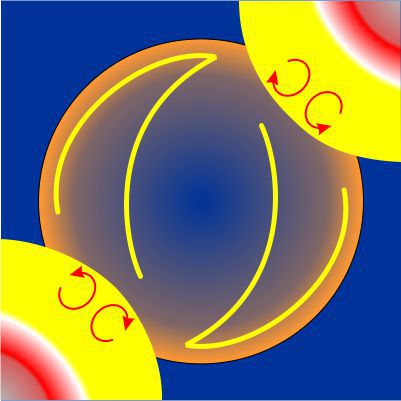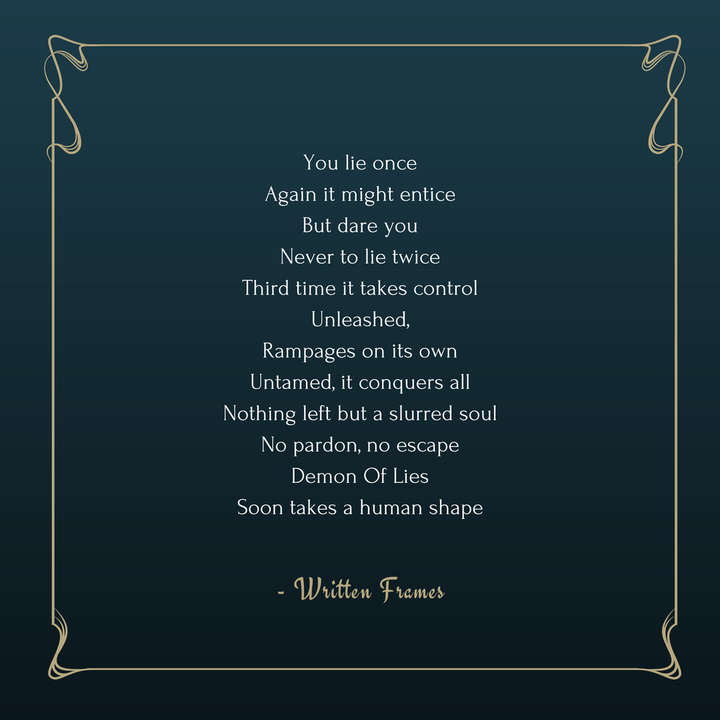We’re downstairs at Eddie’s Pizza. Vinnie orders his usual pepperoni. In memory of Sam Panapoulos, I order a Hawaiian. Then we’re back to talking black holes.
“I been thinking, Sy. These regular-size black holes, the ones close to the Sun’s mass, we got a lot of ’em?”
“I’ve seen an estimate of 50,000 in the Milky Way Galaxy so you could say they’re common. That’s one way to look at it. The other way is to compare 50,000 with the 250 billion stars in the galaxy. One out of 5,000,000 is a black hole, so they’re rare. Your choice, Vinnie.”
“But all three confirmed LIGO signals were the next bigger size range, maybe 10 to 30 solar masses; two of ’em hittin’ each other and they’ve all been more than a billion lightyears away. How come LIGO doesn’t see the little guys that are close to us?”
“Darn good question. Lessee… OK, I’ve got several possibilities. Maybe the close-in little guys do collide, but the signal’s too weak for us to detect. But we can put numbers to that. In each LIGO event we’ve seen, the collision released about 10% of their 40-to-60-Sun total mass-energy in the form of gravitational waves. LIGO’s just barely able to detect that, right?”
“They were excited they could, yeah.”
“So if a pair of little-guy black holes collided they’d release about 10% of two makes 0.2 solar masses worth of energy. That’d be way below our detection threshold if the collision is a billion light-years away. But we’re asking about collisions inside the Milky Way. Suppose the collision happened near the center, about 26,000 lightyears from us. Signal strength grows as the square of how close the source is, so multiply that ‘too weak to detect’ wave by (1 billion/26000)² =15×1012, fifteen quadrillion. LIGO’d be deafened by a signal that strong.”
“But LIGO’s OK, so we can rule that out. Next guess.”
“Maybe the signal’s coming in at the wrong frequency. The equations say that just before a big-guy collision the two objects circle each other hundreds of times a second. That frequency is in the lower portion of the 20-20,000 cycles-per-second human audio range. LIGO’s instrumentation was tuned to pick up gravitational waves between 30 and 7,000. Sure enough, LIGO recorded chirps that were heard around the world.”
“So what frequency should LIGO be tuned to to pick up little-guy collisions?”
“We can put numbers to that, too. Physics says that at a given orbit radius, revolution frequency varies inversely with the square root of the mass. The big-guy collisions generated chirps between 100 and 400 cps. Little guy frequencies would be f2/f50=√(50/2)=5 times higher, between 500 and 2000 cps. Well within LIGO’s range.”
“We don’t hear those tweets so that idea’s out, too. What’s your third try?”
“Actually I like this one best. Maybe the little guys just don’t collide.”
“Why would you like that one?”
“Because maybe it’s telling us something. It could be that they don’t collide simply because they’re surrounded by so many other stars that they never meet up. But it also could be that binary black holes, the ones that are fated to collide with each other, are the only ones that can grow beyond 10 solar masses. And I’ve got a guess about how that could happen.”
“Alright, give.”
“Let’s start with how to grow a big guy. Upstairs we talked about making little guys. When a star’s core uses up one fuel, like hydrogen, there’s an explosive collapse that sets off a hotter fuel, like helium, until you get to iron which doesn’t play. At each step, unburnt fuel outside the core gets blown away. If the final core’s mass is greater than about three times the Sun’s you wind up with a black hole. But how about if you don’t run out of fuel?”
“How can that happen? The star’s got what it’s got.”
“Not if it’s got close neighbors that also expel unburnt fuel in their own burn-collapse cycles. Grab their cast-off fuel and your core can get heavier before you do your next collapse. Not impossible in a binary or cluster where all the stars are roughly the same age. Visualize kids tossing marshmallows into each other’s mouths.”
“Or paying for each other’s pizzas. And it’s your turn.”
~~ Rich Olcott
Advertisements Share this:




